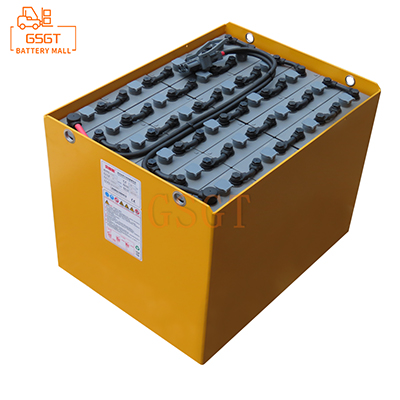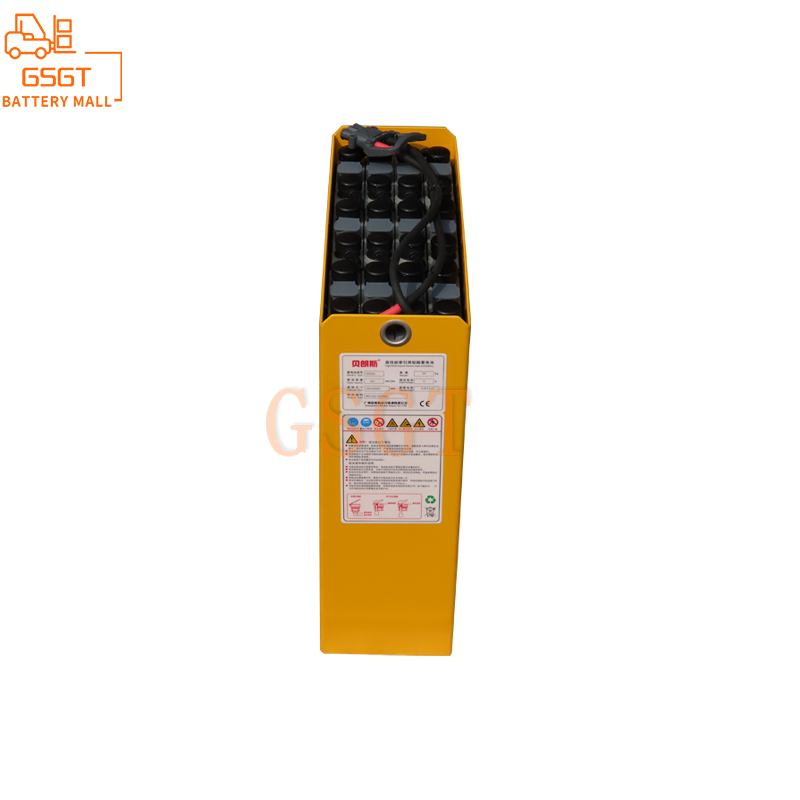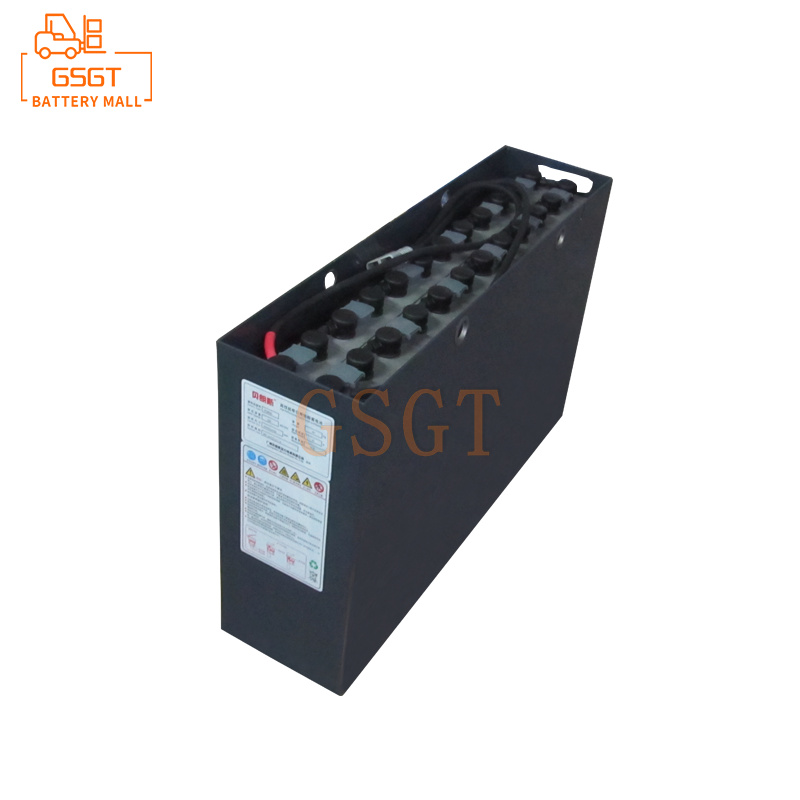Time:2025-03-22 11:10:39
Browse:464
## Introduction
With the economic development and infrastructure construction in plateau areas, the application of batteries in communication base stations, new energy power generation and energy storage systems, electric vehicles and other fields is becoming more and more extensive. However, the unique low pressure, low temperature and other environmental factors in the plateau region, resulting in significant attenuation of battery capacity, seriously affecting the normal operation of the equipment. Studies have shown that for every 1,000 meters of elevation, atmospheric pressure is reduced by about 12%, while battery capacity may be reduced by 8%-15% under the same conditions. The traditional charging method does not fully consider the influence of pressure change on the battery, and it is difficult to effectively solve the problem of capacity attenuation, and it is urgent to innovate charging technology to achieve efficient compensation. The charging voltage regulation technology based on air pressure adaptation is expected to accurately match the characteristics of the battery in the plateau environment and improve its performance and service life.
## The influence mechanism of plateau environment on battery
### Air pressure reacts with the inside of the battery
In low pressure environment, the gas diffusion speed in the battery is accelerated. Taking lead-acid batteries as an example, the oxygen generated on the positive plate is easier to diffuse to the negative plate, and the reduction reaction occurs on the surface of the negative electrode, changing the chemical reaction balance inside the battery. At the same time, the decrease of air pressure makes the boiling point of the electrolyte decrease, and the water evaporation is intensified, resulting in the increase of the electrolyte concentration, which further affects the ion exchange process between the electrode and the electrolyte, and reduces the battery capacity. In the area of about 4000 meters above sea level, the water evaporation of lead-acid battery electrolyte increased by about 30% compared with the plain area, and the capacity loss was obvious.
### Temperature synergy
The temperature difference between day and night in the plateau area is large, the viscosity of the battery electrolyte increases during low temperature, the ion migration resistance increases, the electrode reaction kinetics is blocked, the internal resistance of the battery increases, and the charging and discharging efficiency decreases. For example, at low temperatures for lithium-ion batteries, the lithium-ion diffusion coefficient in the electrolyte is greatly reduced, resulting in significant attenuation of the battery capacity. Moreover, the air pressure and temperature interact, low pressure accelerates heat loss, further reduces the operating temperature of the battery, exacerbates the problem of capacity attenuation, and forms a vicious cycle.
## Charging voltage regulation principle based on air pressure adaptation
### Voltage regulation strategy development
The ambient air pressure is monitored by the air pressure sensor in real time, and the air pressure signal is converted into an electrical signal and transmitted to the charging control system. According to the pre-established barometric voltage mapping model, the control system calculates the optimal charging voltage required by the battery under the current pressure condition. The model is based on the fitting of a large number of experimental data, considering the performance of different types of batteries under various pressures and temperatures. For example, for nickel-metal hydride batteries, when the air pressure drops from 101kPa in the plain area to 60kPa in the plateau area, the charging voltage needs to be gradually increased from 1.4V to 1.5-1.6V accordingly to compensate for the capacity loss caused by the reduced air pressure.
### Dynamic adjustment process
During the charging process, the system continuously monitors the air pressure and battery status parameters (such as voltage, current, temperature). If the air pressure changes, the system quickly adjusts the charging voltage to ensure that the battery is always in the best charging state. Taking electric vehicles driving in plateau areas as an example, when the vehicle is driving at different elevations, the air pressure is constantly changing, and the charging system senses and dynamically adjusts the charging voltage in real time to ensure that the battery can be charged efficiently throughout the journey, avoiding overcharge or undercharge due to voltage mismatch, and effectively improving the battery range and service life.
## Implementation and verification of charging voltage regulation technology
### Experimental platform construction
Build an experimental platform to simulate the plateau environment, equipped with high-precision air pressure regulation device, temperature control system and various battery testing equipment. Different types of batteries (lead acid, nickel metal hydride, lithium ion) are connected to the test circuit, and the air pressure environment at different altitudes is simulated through the air pressure regulation device, and the temperature control system sets the corresponding low temperature conditions. The charging system adopts a voltage regulation scheme based on pressure adaptation to monitor and control the charging process in real time.
### Analysis of experimental results
The experimental data show that under the same plateau simulation environment, the storage battery with pressure adaptation charging voltage regulation technology has a remarkable capacity recovery effect. Taking lithium-ion batteries as an example, after a period of charging, their capacity is 15%-20% higher than that of traditional charging methods. From the perspective of battery cycle life, the capacity retention rate of the battery using this technology is 10%-15% higher than that of the traditional charge after 200 charge and discharge cycles, indicating that the charging voltage regulation technology based on air pressure adaptation can effectively compensate the capacity attenuation of the battery in the plateau environment and improve the comprehensive performance of the battery.
## Practical application prospect
In the field of communication base stations, the power supply of base station batteries in plateau areas is often unstable due to capacity attenuation, which affects the communication quality. The charging voltage regulation technology adapted to the pressure can ensure the continuous and stable power supply of the base station battery and reduce the maintenance frequency and cost. In the new energy power generation energy storage system, the technology helps to improve the efficiency of energy storage batteries, improve energy utilization, and promote the development and utilization of clean energy in the plateau area. For electric vehicles, this technology can improve the endurance of vehicles in the plateau region, and enhance the adaptability and competitiveness of electric vehicles in the plateau market.
## Conclusion
The charging voltage regulation technology based on air pressure adaptation provides an effective way to solve the problem of battery capacity attenuation in plateau area. Adjust the charging voltage by accurately matching the pressure change, significantly improving the battery performance and life. With the continuous improvement and promotion of the technology, it is expected to be widely used in various types of equipment that rely on batteries in the plateau region, promote industrial development and infrastructure construction in the plateau region, and inject new impetus into the sustainable development of high-altitude areas. In the future, it is still necessary to further optimize the technical details, in-depth study the characteristics of different battery types in complex plateau environments, expand technical application scenarios, and improve the universality and reliability of technology.

$3405

$1270

$2040

$1060

MESSAGE
Professional And Efficient
Security
Affordable Price
Professional Services